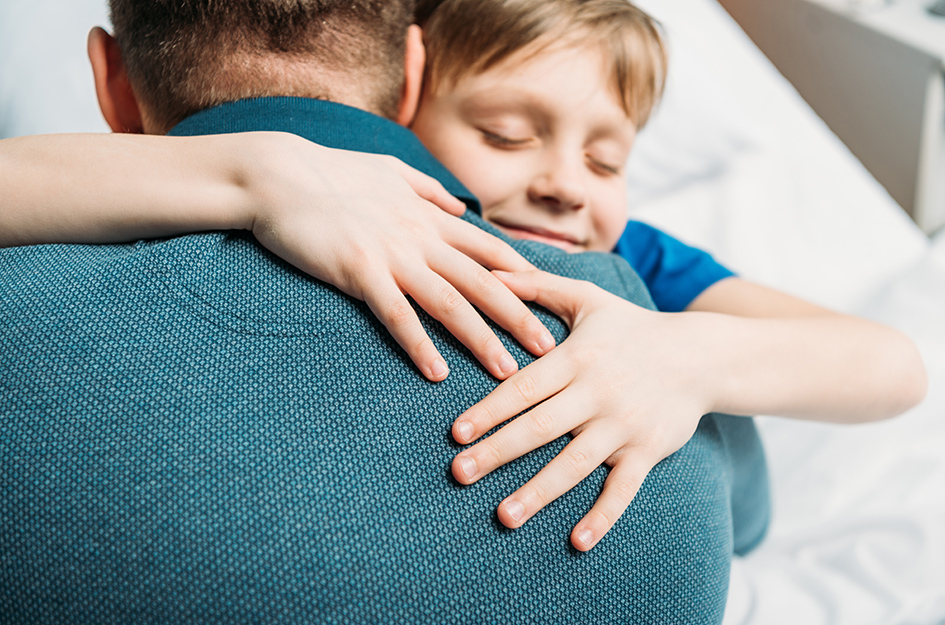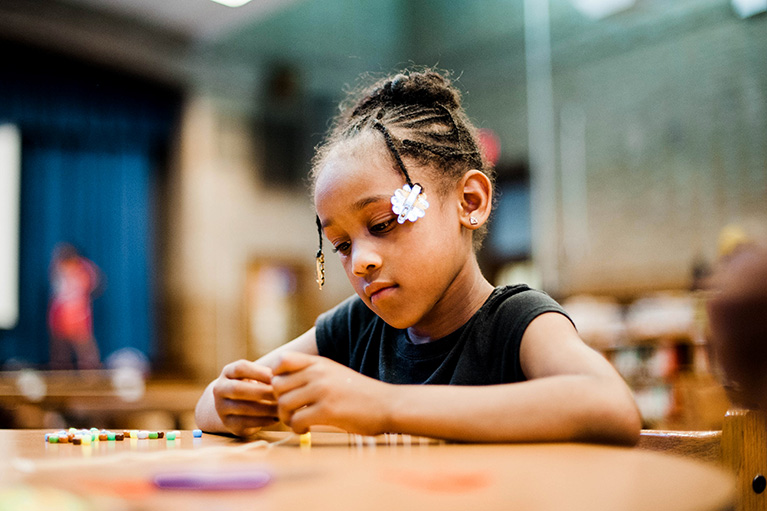
Teaching Kids Kindness Through the Holidays and Beyond
Every December when the temperatures go down and the twinkle lights go up, many children across the nation start dreaming of holiday presents, delicious meals and festive cheer they’ll soon enjoy.
Unfortunately, not every child and household anticipate the winter holidays with hope, due to a range of circumstances and hardships.
Amidst all the holiday hubbub, it’s important to take time to show compassion for others and guide the kids in our lives to see beyond their own experiences and desires.
As parents, caregivers and educators, we can help kids build compassion and empathy that will support their understanding and inclusion of all people — skills that will benefit them during the holidays, but also at school, in the workforce and in life.
3 Ways to Teach Empathy to Kids During the Holidays
Empathy is our capacity not just to understand but to actually share in the feelings of others – even if we don’t feel the same way or haven’t had the same experiences. Empathy is an aspect of emotional intelligence and to master it takes observation, active listening and sensitivity.
Children are extremely capable of feeling and showing empathy, but simply telling them how to behave toward others isn’t always enough. Empathy is a learned skill. To teach empathy, adults need to actively show kids how to think outside of their own experience and attempt to understand and show compassion for things they don’t naturally experience — and the holiday season is the perfect time to start.

Follow these tips to promote kindness, compassion and empathy whenever you’re around kids this season:
Model active listening.
Learning empathy starts with something very basic — listening. Listening creates space for someone to feel heard and understood. But listening is more than just hearing someone speak then moving on to the next topic or activity.
To build empathy as a skill, we must practice active listening, which means truly taking in what someone is saying, responding with open-ended questions to deepen your understanding, and acknowledging the speaker’s experience. This skill shows that compassionate, active listening requires more than an open ear – it requires an open heart and mind.
Talk openly with your child about the wide range of people’s experiences.
It’s natural to want to shield children from hardships happening in the world, in your community or even in your family, but kids and teens benefit from open and honest conversations. These conversations help expand their worldviews and understanding of others. When your child asks tough questions (“Why did Jade say she isn’t getting presents this year?”) or doesn’t understand a topic (“Why does Levi’s family celebrate Hannukah, not Christmas?”), lean into these moments and use the opportunity to start a conversation.
Practice asking open-ended questions and sharing non-judgmental information that will help kids learn how greatly people’s experiences can differ. If your kid asks a question in a busy setting (at a school function or out holiday shopping), don’t let it get lost in the shuffle – make a reminder to have a conversation about it later.

Give your child opportunities to experience and understand other people’s holiday season.
Empathy is about understanding what someone is going through and not judging them for it. Spending more time in your community around the holiday season can help foster more understanding for the people in and around your lives in both yourself and your kids.
If your family has the ability to share time or give financially, here are ideas to get involved and give back that can provide new opportunities to practice empathy and understanding with your kids:
- Ask a family to dinner. Make some room at your holiday table! If you know a family for whom the holidays may be hard, invite them to join you for a homecooked dinner or another seasonal activity, like skating or caroling.
- Make gifts for classmates. Encourage your child to make small gifts for their classmates like homemade ornaments or bags of holiday-themed candy. A surprise act of kindness lifts the spirits of the recipient and the giver.
- Volunteer at community organizations. Spread the holiday cheer by volunteering with your child at a community organization, like a soup kitchen or animal shelter.
- Give while you gift. While out shopping for presents, many businesses offer ways for your purchase to support a nonprofit or cause that you can do right there at the register.
By fostering more understanding and acts of kindness this holiday season with the kids in your life, you’re providing them the skills and tools they need to better empathize with their peers and community year-round and well into adulthood.
Helping Today’s Kids Become Tomorrow’s Leaders
Boys & Girls Clubs of America supports young people and communities year-round through safe and inclusive places, caring mentors and life-enhancing programs. Consider making Boys & Girls Clubs of America part of your giving this holiday season:
Updated article, originally posted 11/09/2018